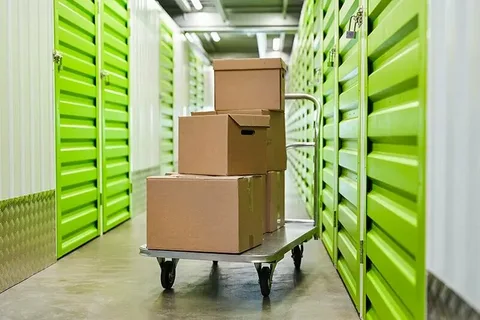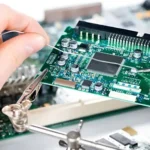Distribution boxes play a critical role in electrical systems, ensuring safe and efficient power distribution across residential, commercial, and industrial setups. To keep these boxes functioning optimally and to extend their lifespan, regular maintenance is essential. Proper care not only enhances safety but also reduces costly downtime and repairs. This article explores the best practices for maintaining Distribution Boxes to ensure they remain reliable and long-lasting.
Why Maintenance Matters for Distribution Boxes
Distribution boxes house important electrical components like circuit breakers, bus bars, and protective devices. Over time, these parts can wear out or become damaged due to dust accumulation, moisture, corrosion, and mechanical stress. Without maintenance, small issues can escalate into serious problems, including electrical failures, fire hazards, or system downtime.
Regular inspections and preventive maintenance help detect early signs of wear, corrosion, or loose connections, allowing timely interventions that keep the electrical system safe and efficient.
Key Maintenance Best Practices
1. Schedule Routine Inspections
Conduct regular visual and functional inspections of distribution boxes. Look for signs of:
- Dust or debris accumulation inside and around the box.
- Corrosion on metal parts or terminals.
- Discoloration or burning marks indicating overheating.
- Loose or damaged wiring connections.
- Proper operation of circuit breakers and protective devices.
Inspection frequency depends on the environment and usage, but a minimum of once or twice a year is recommended.
2. Clean the Enclosure and Components
Dust and dirt can compromise insulation and lead to overheating. Use dry, non-static brushes or vacuum cleaners to remove debris carefully. Avoid using water or solvents unless the enclosure is designed for wet cleaning.
Cleaning helps maintain proper ventilation and reduces the risk of electrical faults.
3. Tighten Connections and Terminals
Vibrations and temperature changes can loosen screws and terminals over time, causing arcing or interruptions. Check all electrical connections regularly and tighten them according to manufacturer specifications using insulated tools.
Loose connections are a common cause of faults and can lead to equipment damage or fire.
4. Check for Corrosion and Moisture
Corrosion weakens metal components and compromises electrical conductivity. Look for rust or greenish deposits, especially in humid or coastal environments.
Ensure the enclosure seals and gaskets are intact to prevent moisture ingress. Replace damaged seals promptly. If moisture is present, dry the enclosure thoroughly before restoring power.
5. Test Circuit Breakers and Protective Devices
Periodically test circuit breakers, residual current devices (RCDs), and fuses to verify proper operation. Many breakers have test buttons for this purpose. For more thorough testing, use specialized equipment or hire professionals.
Promptly replace any faulty protective devices to maintain system safety.
6. Verify Labeling and Documentation
Accurate labeling of circuits and components simplifies maintenance and troubleshooting. Ensure labels are legible and up to date. Keep documentation of wiring diagrams, inspection dates, and repairs accessible for reference.
Good documentation supports efficient maintenance and compliance with safety standards.
7. Maintain Environmental Controls
If the distribution box is installed outdoors or in harsh environments, consider additional protective measures such as:
- Weatherproof enclosures with appropriate IP ratings.
- Ventilation or cooling systems to prevent overheating.
- Protective covers or barriers to avoid physical damage.
Environmental controls help extend the service life of the box and its components.
When to Call Professionals
While routine maintenance can be done by trained facility staff, certain tasks require licensed electricians or specialists. These include:
- Major repairs or component replacements.
- Testing with specialized instruments.
- Upgrading or expanding the distribution box.
- Compliance inspections for regulatory standards.
Professional involvement ensures safety and adherence to local electrical codes.
Benefits of Proper Maintenance
- Enhanced Safety: Prevents electrical fires and shocks.
- Improved Reliability: Reduces unexpected outages and equipment failures.
- Cost Savings: Extends equipment life and lowers repair expenses.
- Regulatory Compliance: Helps meet legal and insurance requirements.
Conclusion
Maintaining your distribution boxes with a proactive approach is essential for safety, efficiency, and longevity. By scheduling routine inspections, cleaning, tightening connections, checking for corrosion, testing protective devices, and ensuring proper environmental protection, you can keep your electrical distribution system running smoothly for years.
Whether you manage residential, commercial, or industrial installations, following these best practices and involving qualified professionals when needed will safeguard your investment and protect people and property.

















